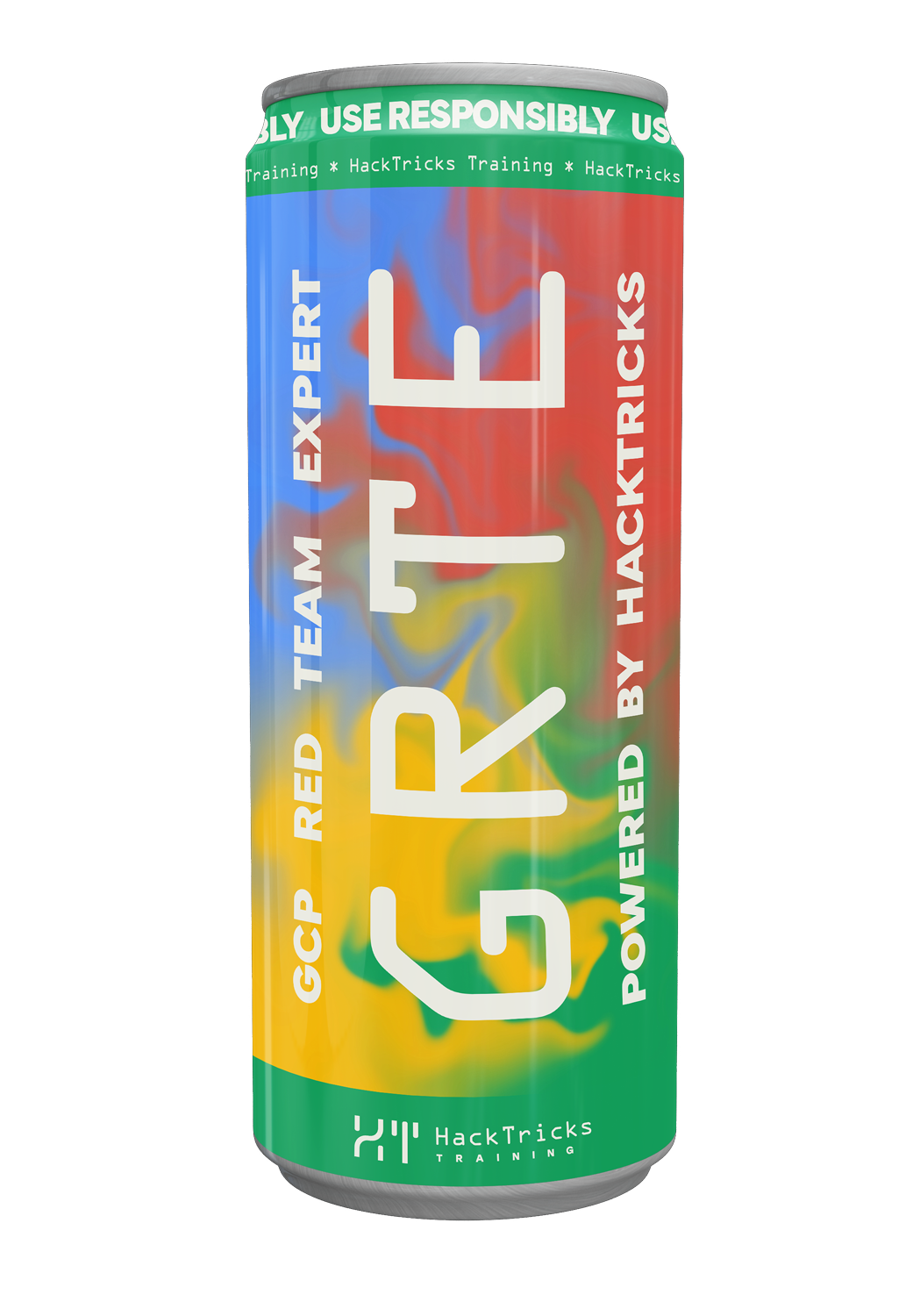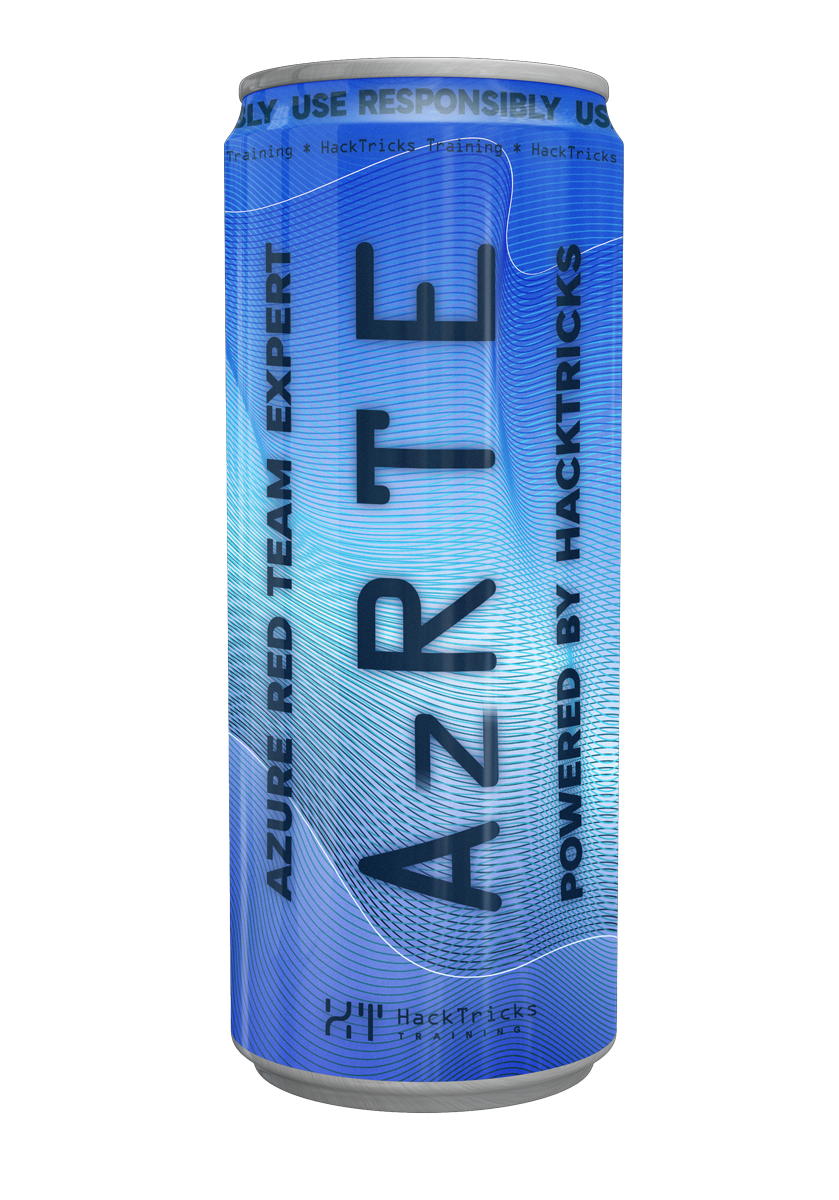AWS - EKS Post Exploitation
Reading time: 6 minutes
tip
Impara e pratica il hacking AWS: HackTricks Training AWS Red Team Expert (ARTE)
HackTricks Training AWS Red Team Expert (ARTE)
Impara e pratica il hacking GCP:  HackTricks Training GCP Red Team Expert (GRTE)
HackTricks Training GCP Red Team Expert (GRTE) Impara e pratica il hacking Azure:
Impara e pratica il hacking Azure:  HackTricks Training Azure Red Team Expert (AzRTE)
HackTricks Training Azure Red Team Expert (AzRTE)
Supporta HackTricks
- Controlla i piani di abbonamento!
- Unisciti al 💬 gruppo Discord o al gruppo telegram o seguici su Twitter 🐦 @hacktricks_live.
- Condividi trucchi di hacking inviando PR ai HackTricks e HackTricks Cloud repos su github.
EKS
Per maggiori informazioni consulta
Enumerare il cluster dalla AWS Console
Se hai il permesso eks:AccessKubernetesApi puoi visualizzare oggetti Kubernetes tramite la console AWS EKS (Scopri di più).
Connettersi al cluster Kubernetes AWS
- Metodo semplice:
# Generate kubeconfig
aws eks update-kubeconfig --name aws-eks-dev
- Non è così semplice:
Se puoi ottenere un token con aws eks get-token --name <cluster_name> ma non hai i permessi per ottenere le informazioni del cluster (describeCluster), puoi preparare il tuo ~/.kube/config. Tuttavia, avendo il token, ti serve comunque l'endpoint URL a cui connetterti (se sei riuscito a ottenere un JWT token da un pod leggi here) e il nome del cluster.
Nel mio caso, non ho trovato le informazioni nei log di CloudWatch, ma le ho trovate in LaunchTemaplates userData e anche nelle macchine EC2 in userData. Puoi vedere queste informazioni in userData facilmente, per esempio nel seguente esempio (il nome del cluster era cluster-name):
API_SERVER_URL=https://6253F6CA47F81264D8E16FAA7A103A0D.gr7.us-east-1.eks.amazonaws.com
/etc/eks/bootstrap.sh cluster-name --kubelet-extra-args '--node-labels=eks.amazonaws.com/sourceLaunchTemplateVersion=1,alpha.eksctl.io/cluster-name=cluster-name,alpha.eksctl.io/nodegroup-name=prd-ondemand-us-west-2b,role=worker,eks.amazonaws.com/nodegroup-image=ami-002539dd2c532d0a5,eks.amazonaws.com/capacityType=ON_DEMAND,eks.amazonaws.com/nodegroup=prd-ondemand-us-west-2b,type=ondemand,eks.amazonaws.com/sourceLaunchTemplateId=lt-0f0f0ba62bef782e5 --max-pods=58' --b64-cluster-ca $B64_CLUSTER_CA --apiserver-endpoint $API_SERVER_URL --dns-cluster-ip $K8S_CLUSTER_DNS_IP --use-max-pods false
kube config
describe-cache-parametersapiVersion: v1
clusters:
- cluster:
certificate-authority-data: LS0tLS1CRUdJTiBDRVJUSUZJQ0FURS0tLS0tCk1JSUMvakNDQWVhZ0F3SUJBZ0lCQURBTkJna3Foa2lHOXcwQkFRc0ZBREFWTVJNd0VRWURWUVFERXdwcmRXSmwKY201bGRHVnpNQjRYRFRJeU1USXlPREUyTWpjek1Wb1hEVE15TVRJeU5URTJNamN6TVZvd0ZURVRNQkVHQTFVRQpBeE1LYTNWaVpYSnVaWFJsY3pDQ0FTSXdEUVlKS29aSWh2Y05BUUVCQlFBRGdnRVBBRENDQVFvQ2dnRUJBTDlXCk9OS0ZqeXZoRUxDZGhMNnFwWkMwa1d0UURSRVF1UzVpRDcwK2pjbjFKWXZ4a3FsV1ZpbmtwOUt5N2x2ME5mUW8KYkNqREFLQWZmMEtlNlFUWVVvOC9jQXJ4K0RzWVlKV3dzcEZGbWlsY1lFWFZHMG5RV1VoMVQ3VWhOanc0MllMRQpkcVpzTGg4OTlzTXRLT1JtVE5sN1V6a05pTlUzSytueTZSRysvVzZmbFNYYnRiT2kwcXJSeFVpcDhMdWl4WGRVCnk4QTg3VjRjbllsMXo2MUt3NllIV3hhSm11eWI5enRtbCtBRHQ5RVhOUXhDMExrdWcxSDBqdTl1MDlkU09YYlkKMHJxY2lINjYvSTh0MjlPZ3JwNkY0dit5eUNJUjZFQURRaktHTFVEWUlVSkZ4WXA0Y1pGcVA1aVJteGJ5Nkh3UwpDSE52TWNJZFZRRUNQMlg5R2c4Q0F3RUFBYU5aTUZjd0RnWURWUjBQQVFIL0JBUURBZ0trTUE4R0ExVWRFd0VCCi93UUZNQU1CQWY4d0hRWURWUjBPQkJZRUZQVXFsekhWZmlDd0xqalhPRmJJUUc3L0VxZ1hNQlVHQTFVZEVRUU8KTUF5Q0NtdDFZbVZ5Ym1WMFpYTXdEUVlKS29aSWh2Y05BUUVMQlFBRGdnRUJBS1o4c0l4aXpsemx0aXRPcGcySgpYV0VUSThoeWxYNWx6cW1mV0dpZkdFVVduUDU3UEVtWW55eWJHbnZ5RlVDbnczTldMRTNrbEVMQVE4d0tLSG8rCnBZdXAzQlNYamdiWFovdWVJc2RhWlNucmVqNU1USlJ3SVFod250ZUtpU0J4MWFRVU01ZGdZc2c4SlpJY3I2WC8KRG5POGlHOGxmMXVxend1dUdHSHM2R1lNR0Mvd1V0czVvcm1GS291SmtSUWhBZElMVkNuaStYNCtmcHUzT21UNwprS3VmR0tyRVlKT09VL1c2YTB3OTRycU9iSS9Mem1GSWxJQnVNcXZWVDBwOGtlcTc1eklpdGNzaUJmYVVidng3Ci9sMGhvS1RqM0IrOGlwbktIWW4wNGZ1R2F2YVJRbEhWcldDVlZ4c3ZyYWpxOUdJNWJUUlJ6TnpTbzFlcTVZNisKRzVBPQotLS0tLUVORCBDRVJUSUZJQ0FURS0tLS0tCg==
server: https://6253F6CA47F81264D8E16FAA7A103A0D.gr7.us-west-2.eks.amazonaws.com
name: arn:aws:eks:us-east-1:<acc-id>:cluster/<cluster-name>
contexts:
- context:
cluster: arn:aws:eks:us-east-1:<acc-id>:cluster/<cluster-name>
user: arn:aws:eks:us-east-1:<acc-id>:cluster/<cluster-name>
name: arn:aws:eks:us-east-1:<acc-id>:cluster/<cluster-name>
current-context: arn:aws:eks:us-east-1:<acc-id>:cluster/<cluster-name>
kind: Config
preferences: {}
users:
- name: arn:aws:eks:us-east-1:<acc-id>:cluster/<cluster-name>
user:
exec:
apiVersion: client.authentication.k8s.io/v1beta1
args:
- --region
- us-west-2
- --profile
- <profile>
- eks
- get-token
- --cluster-name
- <cluster-name>
command: aws
env: null
interactiveMode: IfAvailable
provideClusterInfo: false
From AWS to Kubernetes
Il creator del EKS cluster potrà SEMPRE accedere alla parte del cluster kubernetes del gruppo system:masters (k8s admin). Al momento della stesura non esiste un modo diretto per scoprire chi ha creato il cluster (puoi controllare CloudTrail). E non esiste alcun modo per rimuovere quel privilegio.
Il modo per concedere accesso a K8s a più AWS IAM users o roles è usando la configmap aws-auth.
warning
Quindi, chiunque abbia accesso in scrittura alla config map aws-auth sarà in grado di compromettere l'intero cluster.
Per maggiori informazioni su come concedere privilegi extra a IAM roles & users nello stesso o in un account diverso e come abusarne per fare privesc check this page.
Vedi anche this awesome post per capire come funziona l'autenticazione IAM -> Kubernetes.
From Kubernetes to AWS
È possibile permettere un'autenticazione OpenID per i kubernetes service account per consentire loro di assumere ruoli in AWS. Scopri come this work in this page.
GET Api Server Endpoint from a JWT Token
Decodificando il token JWT otteniamo il cluster id e anche la regione. Sapendo che il formato standard per l'url EKS è
https://<cluster-id>.<two-random-chars><number>.<region>.eks.amazonaws.com
Non ho trovato alcuna documentazione che spieghi i criteri per i 'due caratteri' e il 'numero'. Però, facendo alcuni test per mio conto, vedo ricorrere questi:
- gr7
- yl4
Comunque sono solo 3 caratteri: possiamo eseguire il bruteforce su di essi. Usa lo script qui sotto per generare la lista
from itertools import product
from string import ascii_lowercase
letter_combinations = product('abcdefghijklmnopqrstuvwxyz', repeat = 2)
number_combinations = product('0123456789', repeat = 1)
result = [
f'{''.join(comb[0])}{comb[1][0]}'
for comb in product(letter_combinations, number_combinations)
]
with open('out.txt', 'w') as f:
f.write('\n'.join(result))
Poi con wfuzz
wfuzz -Z -z file,out.txt --hw 0 https://<cluster-id>.FUZZ.<region>.eks.amazonaws.com
warning
Ricorda di sostituire & .
Bypass CloudTrail
If an attacker obtains credentials of an AWS with permission over an EKS. If the attacker configures it's own kubeconfig (without calling update-kubeconfig) as explained previously, the get-token doesn't generate logs in Cloudtrail because it doesn't interact with the AWS API (it just creates the token locally).
So when the attacker talks with the EKS cluster, cloudtrail won't log anything related to the user being stolen and accessing it.
Note that the EKS cluster might have logs enabled that will log this access (although, by default, they are disabled).
EKS Ransom?
Di default lo user or role that created un cluster avrà ALWAYS admin privileges sul cluster. E questo è l'unico accesso "secure" che AWS avrà sul Kubernetes cluster.
Quindi, se un attacker compromette un cluster usando fargate e rimuove tutti gli altri admins e elimina lo AWS user/role che ha creato il Cluster, the attacker could have ransomed the cluster.
tip
Nota che se il cluster stava usando EC2 VMs, potrebbe essere possibile ottenere privilegi Admin dal Node e recuperare il cluster.
In realtà, se il cluster usa Fargate potresti creare EC2 nodes o spostare tutto su EC2 nel cluster e recuperarlo accedendo ai tokens nel node.
tip
Impara e pratica il hacking AWS: HackTricks Training AWS Red Team Expert (ARTE)
HackTricks Training AWS Red Team Expert (ARTE)
Impara e pratica il hacking GCP:  HackTricks Training GCP Red Team Expert (GRTE)
HackTricks Training GCP Red Team Expert (GRTE) Impara e pratica il hacking Azure:
Impara e pratica il hacking Azure:  HackTricks Training Azure Red Team Expert (AzRTE)
HackTricks Training Azure Red Team Expert (AzRTE)
Supporta HackTricks
- Controlla i piani di abbonamento!
- Unisciti al 💬 gruppo Discord o al gruppo telegram o seguici su Twitter 🐦 @hacktricks_live.
- Condividi trucchi di hacking inviando PR ai HackTricks e HackTricks Cloud repos su github.
 HackTricks Cloud
HackTricks Cloud